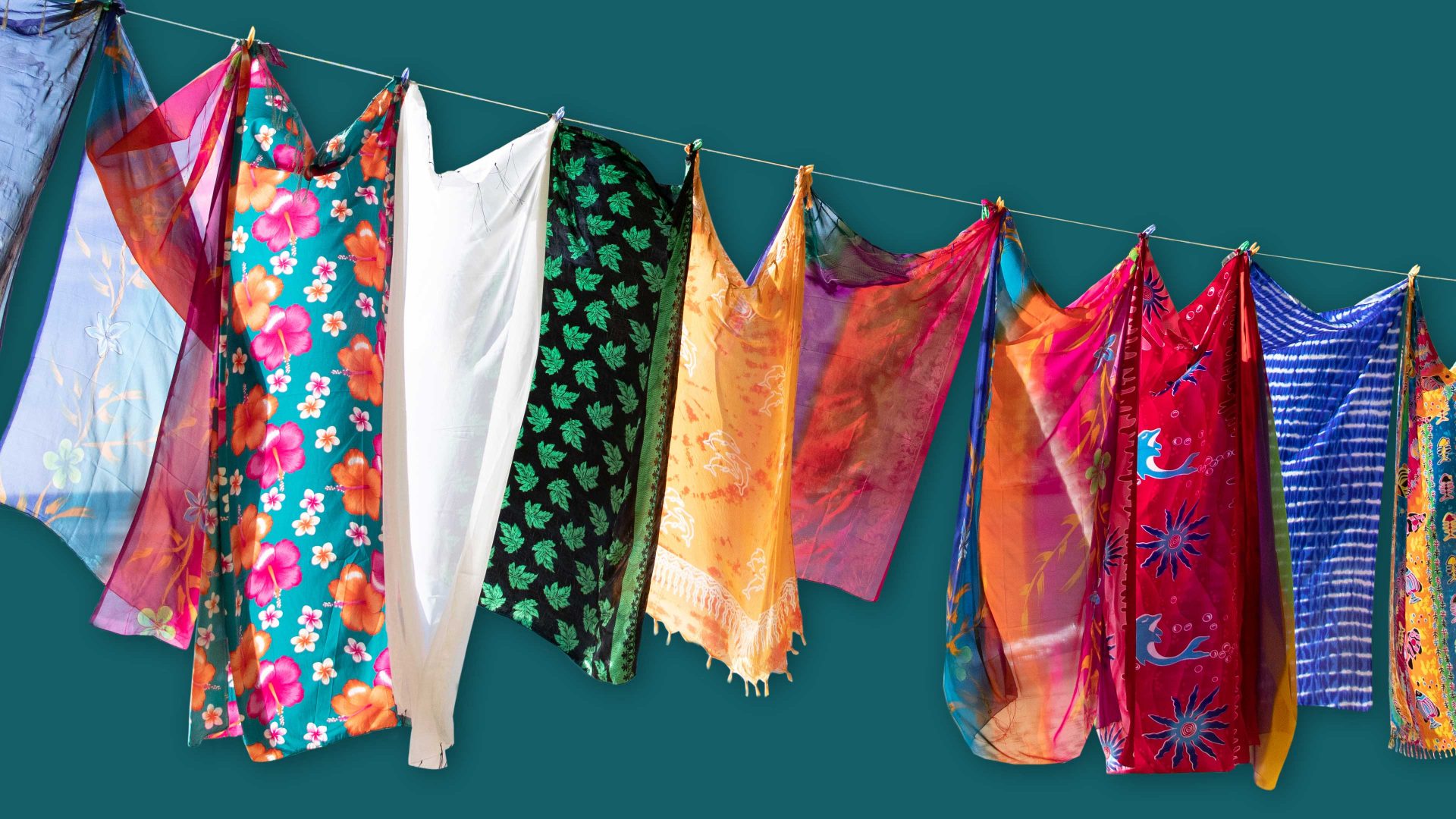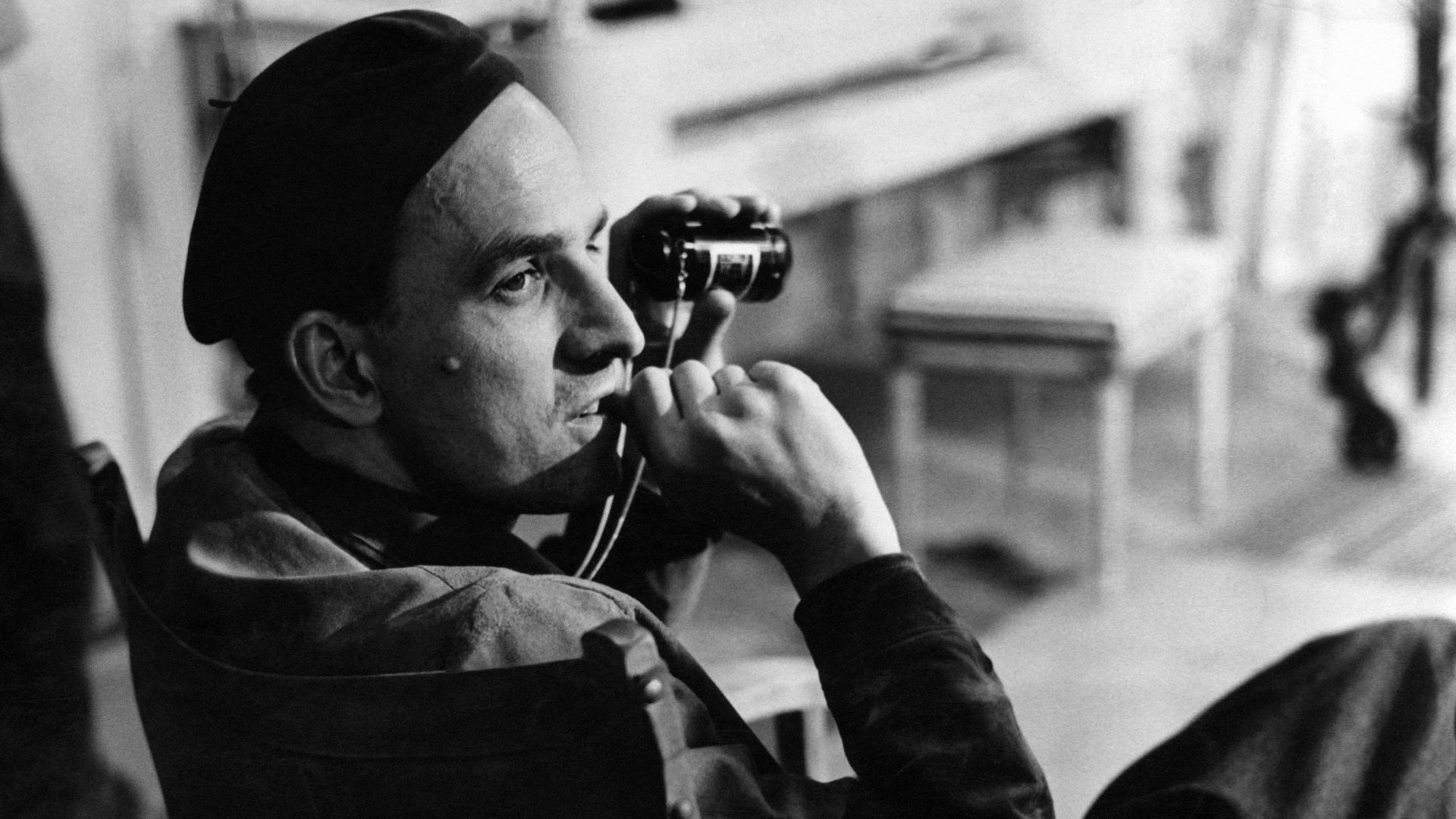I have two of them. One is patterned with an arabesque of acanthuses, the other is cream coloured with a series of blue stripes – not unlike a Jewish prayer shawl. I refer, of course, to my sarongs – which I wear all the time at home. Indeed, I’ve grown so used to the skirted life, that trousers seem quite unnatural to me: put my lower extremities in those? I don’t think so – they look like leg jails.
The sarong-wearing began a long time ago, when I lived in tropical northern Australia, where the cultural influence of traditional Makassar traders from Indonesia, on the farther side of the Arafura Sea, remains strong – and in recent decades has been augmented by immigrants from south-east Asia more generally. Sarongs are ideal in this climate – in marked contrast to the ridiculous little shorts, called colloquially “stubbies”, favoured by some Australian men.
Readers of a squeamish disposition – especially those who parse The New European while breakfasting – might want to look away at this stage, because when it comes to the matter of male skirt-sporting, the key factor is, frankly, balls. They hang outside the body in a little skin sack for a very obvious reason: they need to be cooler than 98.4° Fahrenheit. And, oh my God! The relief when they’re once more allowed to swing free and relatively gelid is indescribable.
Can we not see the entire rise of western capitalist imperialism as, in a sense, predicated on trousers, and their inevitable sequel: overheated nuts? True, the first Tudor adventurers and Spanish conquistadors favoured doublet-and-hose over trousers – but the same problem obtains: there you are, slogging through the jungle in search of El Dorado, and being attacked by native marauders clad in nothing but the occasional penis sheath, while your testicles are coming to the boil in woollen tights!
Look, I’m not making some plea for retrospective sympathy – I’m making one for sympathy right now: there isn’t a non-European culture that doesn’t have some form of entirely socially acceptable male skirt, whether it’s the south Asian lungi and its multitudinous variations, or the east African kikoy, or the Fijian isulu. Patterns and methods of fastening may, indeed, differentiate between the garments worn by the sexes – while there’s a marked distinction between sheath-style sarongs, and mere lengths of patterned cloth such as my own – but the fact remains: in these parts of the world, it’s a perfectly acceptable way for men to cover their parts.
Which isn’t the case hereabouts: Yes, yes – I know, some adventurous trend-setters, fashionistas and gender-fluid individuals have been pushing at this cloth ceinture ever since George O’Dowd metamorphosed into Boy George. And then there’s drag, which has traditionally been practiced with the greatest enthusiasm by those masculinist-misogynist organs of the state – the army, the church, and royalty. Indeed, for British imperialists, almost the only real proof there was that you were a real man – besides brutally repressing black and brown people while wearing trousers – was a ready willingness to sport skirts and dresses for certain key ceremonies.
But when it comes to quotidian and casual male skirt-wearing in northern Europe, there’s only the baleful example of the Scots, whose skirts are the very symbol of their own ambiguous status: at once the first to be colonised – and also the nominated shock-troops of the imperium. Highlanders who’d supported the Stuart claim to the throne, were deprived of their traditional plaids and incorporated into the British army, the kilt becoming the very emblem of their servitude – which makes it strange how modern, lowland Scotsmen like to dress up in them for weddings, bar mitzvahs, funerals etc.
They also make a big thing about how they don’t wear underpants under them. Ooh-err! Saucy! It’s as if an entire culture has never got over the puerile sexual innuendos of the 1970s (and the widespread sexual misconduct they were a lexical fig leaf for). Of course they don’t wear underpants under them – because that’s the whole point, for the testicled individual, in wearing a skirt in the first place.
No one in my neck of the woods would react if I went out wearing a thawb, a boubou or shalwar kameez – or would they? These are all acceptable forms of male dress for the immigrant communities hereabouts, but not the white majority. When people come to the house, I often excuse my mode of dress with some lame joke or other – but really, I should have the courage of my own sartorial – and testicular – convictions.



